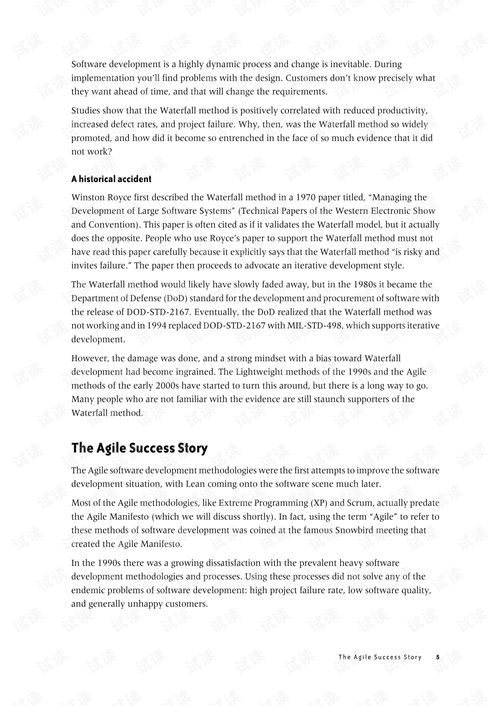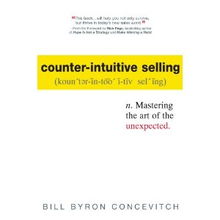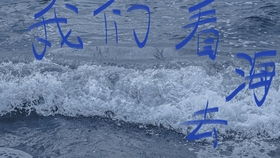Content:
Fishing is an ancient pastime that has been enjoyed by countless individuals across the globe. Whether you're a seasoned angler or a beginner looking to improve your skills, the thrill of catching a big fish is something that every angler dreams of. In this article, we will delve into the world of fishing and provide you with essential tips and techniques to help you钓到大鱼 (catch big fish).

Understanding the Habitat
Before you cast your line, it's crucial to understand the habitat where you plan to fish. Different species of fish thrive in various environments, such as freshwater, saltwater, rivers, lakes, and oceans. By familiarizing yourself with the specific needs and preferences of the fish you're targeting, you'll be better equipped to present your bait or lure in a way that entices them to bite.
Research the Species: Before setting out, study the habits and feeding patterns of the fish you're aiming to catch. This will help you determine the best times to fish and the most effective baits or lures to use.
Choose the Right Location: Look for areas where fish are likely to congregate, such as rocks, weeds, drop-offs, or currents. These spots often serve as prime feeding grounds.
Selecting the Right Equipment
The right equipment can make a significant difference in your fishing success. Here are some key elements to consider:
Rod and Reel: Choose a rod and reel that are appropriate for the size and strength of the fish you're targeting. A lighter rod and reel are suitable for smaller fish, while a heavier setup is necessary for larger species.
Line: Use a line that matches the strength of the fish you're trying to catch. Overly thin line may break when a big fish strikes, while too thick a line may spook the fish.
Hooks: Select hooks that are the right size for your bait and suitable for the fish you're targeting. Larger hooks are often better for big fish, as they can withstand the struggle of a strong pull.
Bait or Lure: The choice of bait or lure depends on the fish you're aiming to catch. Live bait, artificial lures, and even natural baits like worms or crustaceans can be effective.
Techniques for Catching Big Fish
Once you have the right equipment, it's time to apply some proven techniques:
Patience is Key: Big fish are often more cautious and less likely to bite quickly. Be patient and wait for the fish to take the bait.
Trolling: Trolling involves slowly moving your boat or boat with your rod tip up to cover more water. This method can be effective for catching big fish, as it allows you to cover a wide area.
Bottom Bouncing: This technique involves dragging your lure or bait along the bottom of the lake or river. It's particularly effective for targeting fish that are feeding on the bottom.
Jigging: Jigging involves moving your lure in a series of quick, upward and downward motions. This can trigger a big fish's predatory instincts.
Pitching: Pitching is a technique used to cast your bait or lure directly to a specific spot. It's ideal for targeting fish that are holding in tight areas.
Maintaining Your Equipment
Regular maintenance of your fishing equipment is essential for success. Here are some tips:
Inspect Your Line: Regularly check your line for nicks, kinks, or wear. Replace it when necessary to ensure it can withstand the fight of a big fish.
Clean Your Hooks: After each fishing trip, clean your hooks to remove any residue or rust. This will ensure they are sharp and effective.
Oil Your Reel: Apply a small amount of lubricant to the reel's moving parts to keep them functioning smoothly.
Conclusion
Catching big fish requires a combination of knowledge, skill, and patience. By understanding the habitat, selecting the right equipment, and applying effective techniques, you'll be well on your way to reeling in the catch of a lifetime. Remember, the art of fishing is a journey, and with practice and persistence, you'll continue to improve your skills and enjoy the thrill of the hunt. Happy fishing!












